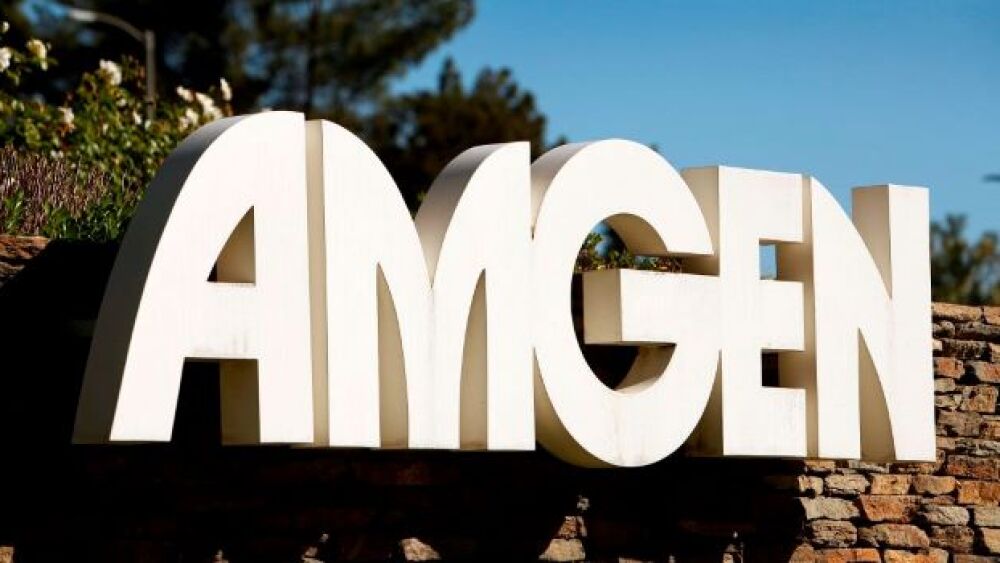Durham, NC – In a recent study published in STEM CELLS Translational Medicine, scientists have found what they believe might be a better way to regrow bone tissue using magnetic nanoparticles coated with targeting proteins that stimulate stem cells to regenerate the bone. They also were able to deliver the cells directly to the injured area, remotely control the nanoparticles to generate mechanical forces and maintain the regeneration process through staged releases of a protein growth factor. These findings might someday have significant impact for anyone suffering from a major bone trauma, disease or defect.
The gold standard for repairing bone that can’t heal itself is a graft taken from the patient. Unfortunately this is a painful, invasive procedure, plus there are times when the area that needs repair is too massive or the patient has a skeletal disorder so has no healthy bone for grafting. That’s why spurring the growth of new bone through injected stem cells is an area of great interest to medical researchers. Much progress has been made to this end, but a major hurdle remains – finding an appropriate means by which to stimulate the differentiation of the stem cells so they become the quality of bone tissue needed in a quantity large enough to treat patients effectively.
“Injectable therapies for regenerative medicine show great potential as a minimally invasive route for introducing therapeutic stem cells, drug delivery vehicles and biomaterials efficiently to wound sites,” said James Henstock, Ph.D., who led the Biotechnology and Biological Sciences Research Council (BBSRC)-funded study, conducted along with Alicia El Haj, Ph.D., and colleagues at Keele University’s Institute for Science and Technology in Medicine, Stoke-on-Trent (United Kingdom) and Kevin Shakesheff, Ph.D., from the University of Nottingham’s School of Pharmacy. “In our investigation we wanted to learn how coating magnetic nanoparticles with specific targeting proteins and then controlling them remotely with an external magnetic field to simulate exercise might affect the injected stem cells and their ability to restore functional bone.”
They conducted their test using two models: chicken fetal femurs and tissue-engineered collagen hydrogels. In both instances the results showed an increase in bone formation and density without causing any mechanical stress to the construct or surrounding tissue.
“This work demonstrates that providing the appropriate mechanical cues in conjunction with controlled release of growth factors to these injectable cell therapies can have a significant impact on improving bone growth. It also could potentially improve tissue engineering approaches for translational medicine,” Dr. Henstock said.
Like many tissues, bone requires mechanical cues during its development to ensure optimal strength," said Anthony Atala, M.D., editor of STEM CELLS Translational Medicine and director of the Wake Forest Institute for Regenerative Medicine. “This innovative study suggests that the combination of mechanical stimulation with delivery of a protein involved in bone formation has the potential for improving cell-based orthopedic therapies."
###
The full article, “Remotely Activated Mechanotransduction via Magnetic Nanoparticles Promotes Mineralization Synergistically With Bone Morphogenetic Protein 2: Applications for Injectable Cell Therapy,” can be accessed at http://stemcellstm.alphamedpress.org/content/early/2014/09/18/sctm.2014-0017.abstract
Help employers find you! Check out all the jobs and post your resume.
The gold standard for repairing bone that can’t heal itself is a graft taken from the patient. Unfortunately this is a painful, invasive procedure, plus there are times when the area that needs repair is too massive or the patient has a skeletal disorder so has no healthy bone for grafting. That’s why spurring the growth of new bone through injected stem cells is an area of great interest to medical researchers. Much progress has been made to this end, but a major hurdle remains – finding an appropriate means by which to stimulate the differentiation of the stem cells so they become the quality of bone tissue needed in a quantity large enough to treat patients effectively.
“Injectable therapies for regenerative medicine show great potential as a minimally invasive route for introducing therapeutic stem cells, drug delivery vehicles and biomaterials efficiently to wound sites,” said James Henstock, Ph.D., who led the Biotechnology and Biological Sciences Research Council (BBSRC)-funded study, conducted along with Alicia El Haj, Ph.D., and colleagues at Keele University’s Institute for Science and Technology in Medicine, Stoke-on-Trent (United Kingdom) and Kevin Shakesheff, Ph.D., from the University of Nottingham’s School of Pharmacy. “In our investigation we wanted to learn how coating magnetic nanoparticles with specific targeting proteins and then controlling them remotely with an external magnetic field to simulate exercise might affect the injected stem cells and their ability to restore functional bone.”
They conducted their test using two models: chicken fetal femurs and tissue-engineered collagen hydrogels. In both instances the results showed an increase in bone formation and density without causing any mechanical stress to the construct or surrounding tissue.
“This work demonstrates that providing the appropriate mechanical cues in conjunction with controlled release of growth factors to these injectable cell therapies can have a significant impact on improving bone growth. It also could potentially improve tissue engineering approaches for translational medicine,” Dr. Henstock said.
Like many tissues, bone requires mechanical cues during its development to ensure optimal strength," said Anthony Atala, M.D., editor of STEM CELLS Translational Medicine and director of the Wake Forest Institute for Regenerative Medicine. “This innovative study suggests that the combination of mechanical stimulation with delivery of a protein involved in bone formation has the potential for improving cell-based orthopedic therapies."
###
The full article, “Remotely Activated Mechanotransduction via Magnetic Nanoparticles Promotes Mineralization Synergistically With Bone Morphogenetic Protein 2: Applications for Injectable Cell Therapy,” can be accessed at http://stemcellstm.alphamedpress.org/content/early/2014/09/18/sctm.2014-0017.abstract
Help employers find you! Check out all the jobs and post your resume.




